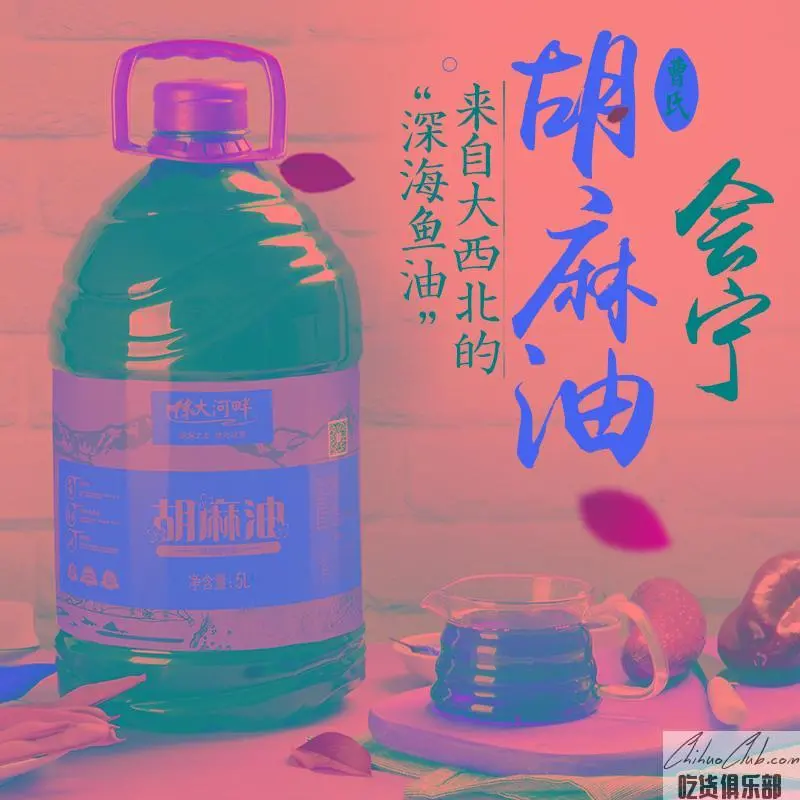
Huining flax Oil
-
Update date::
-
Date of protection::
-
Protected range:Huining Huma Oil is produced in Huishi Town, Huining County, Guocheng Town, Hepan Town, Touthaizi Town, Gangou Town, Taipingdian Town, Pingtouchuan Town, Houjiachuan Town, Zhongchuan Town, Laojunpo Town, and Diesel Town, Baiyin City, Gansu Province. Jiamen Town, Hanjiatun Town, Sifang Wuzhen, Dagou Town, Baicaoqi Town, Liujiazhai Town, Dingjiagou Township, Xintianbao Hui Autonomous Township, Dangjiatun Township, Yangyaji Township, Yijia The township, Baliwan Township, Hanjiaji Township, Xinyi Township, Caotan Township, Xinzhuang Township, Tumen Township, Tushan Township.
-
Related origin:gansu baiyinshi huiningxian1 huiningxian1-huishizhen huiningxian1-guochengyizhen huiningxian1-hepanzhen huiningxian1-touzhaizizhen huiningxian1-taipingdianzhen huiningxian1-dangjiaxianxiang huiningxian1-baliwanxiang huiningxian1-tugaoshanxiang huiningxian-baicaoyuanzhen huiningxian-laojunpozhen huiningxian-pingtouchuanzhen ningxian huiningxian-gangouyizhen huiningxian-houjiachuanzhen huiningxian-chaijiamenzhen huiningxian-hanjiachazhen huiningxian-liujiazhaizizhen huiningxian-dagouzhen huiningxian-zhongchuanzhen qingyangshi
-
Category:
The natural ecological environment such as temperature difference, fertile soil and abundant sunshine in the Huining area of Gansu is most suitable for the cultivation of special oil crops such as flax. It is a national industrial pollution belt, and the linseed oil produced in this area, α- The linolenic acid content is as high as 50% or more, which is much higher than other planting areas. Flaxseed oil is the most effective way to supplement linolenic acid, and linseed oil activity is also the first.
Flaxseed oil is produced by crushing flaxseed. Flaxseed is the seed of flax, belonging to the family Flax, also known as flax. Because it was originally produced in the East India region, when the Han Dynasty moved to the Western Regions, the Silk Road brought the flax back to China, mainly planted in the old Xiongnu area. It is the area where the "Huren" gather, so it is also called "Flam". . Flaxseed is a traditional oil crop in China. Flax is divided into oil flax, oil fiber flax and fiber flax. Oilseed flaxseed is mainly produced in Huining area of Gansu, Songnen Plain of Changbai Mountain and Heilongjiang Province, Inner Mongolia, and Liupan Mountainous Area of Ningxia. Although flax has anti-barren habits, as oil flax, the three conditions of “cold climate, abundant soil, and sufficient light” are indispensable.
Huining Huaba Oil Quality Technical Requirements 1. Variety Yuya No. 10, Zhangya No. 5, Yuya No. 11, and Dingya No. 22. 2. The elevation of the site conditions is 1400m-2200m above sea level, and the soil type is black loess, yellow loess soil and gray calcium soil. Third, cultivation management 1. Sowing: time in mid-March, the seeding volume is 4 to 5kg/mu, the seedlings are 20 to 250,000 plants/mu, and the sowing depth is 2 to 3cm. 2. Fertilization: farmyard manure ≥ 500kg / mu. 3. Environmental and safety requirements: The use of pesticides, fertilizers, etc. must comply with relevant national regulations and must not pollute the environment. 4. Harvest and storage 1. Harvest time: from early August to late August 2. Harvesting standard: the stem becomes yellow, the capsule is brown, the top is micro-cracked, and the grain water content is ≤13%. 3. Threshing: within 20 days after harvest. 4. Storage: temperature ≤ 20 ° C, air humidity ≤ 30%, ventilation, drying, grain moisture ≤ 10%. V. Production process and key point control (I) Production process raw materials Screening Steaming and pressing Pressing Hydration degumming Filtration and sedimentation (II) Control of key points 1. Raw material screening: impurity content ≤0.3%. 2. Steaming temperature: cold pressing (60-80 ° C), hot pressing (150-170 ° C). 3. Press: moisture 9% to 12%, oil yield is 32% to 36%. 4. Hydration degumming: oil temperature 55 to 75 ° C, stirring speed 50 rev / min, water addition 2 to 4%, salt content 0.10 to 0.15%, stirring for about 30 minutes. 5. Precipitation: ≥ 15 days. Sixth, quality characteristics 1. Sensory characteristics: clear and translucent, yellow-brown, with the unique aroma and taste of flax oil, soft taste, no bitterness. 2. Physical and chemical indicators: α linolenic acid ≥ 48%. 3. Safety and other quality technical requirements: Product safety and other quality technical requirements must comply with relevant national regulations.
Apply to:
Producers within the scope of Huining's flax oil production may submit an application to the Huining County Quality and Technical Supervision Bureau for the use of the “Special Mark for Geographical Indication Products”, which shall be reviewed by the Gansu Provincial Bureau of Quality and Technical Supervision and reported to the General Administration of Quality Supervision, Inspection and Quarantine for approval. The testing organization of Huining sesame oil is selected by the Gansu Provincial Bureau of Quality and Technical Supervision in the testing institutions that meet the qualification requirements.